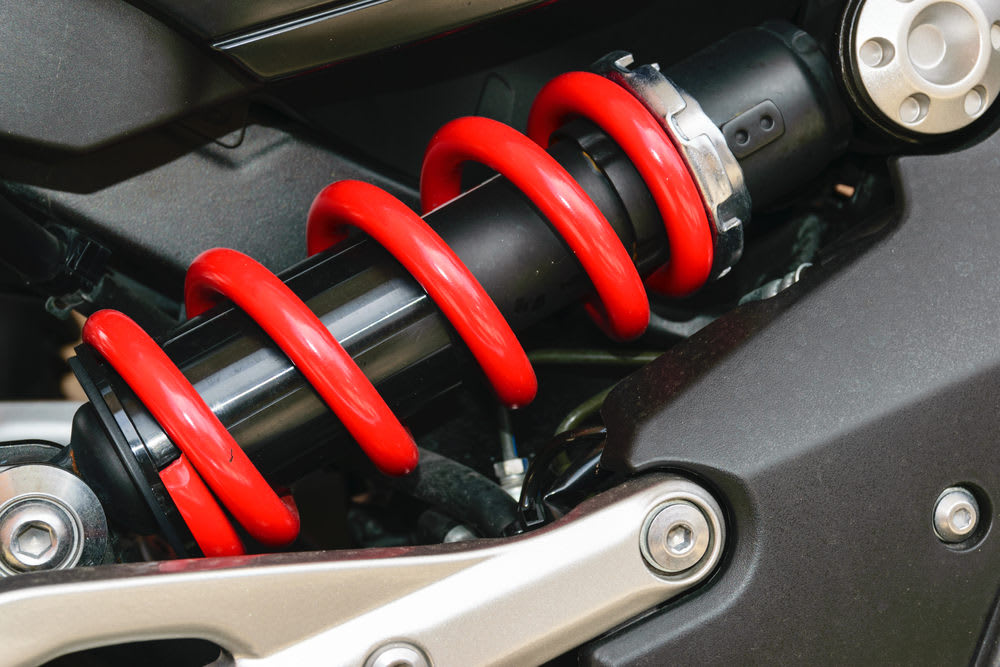

Your car has a suspension system that provides dampening of shocks and jarring while driving on the road. The suspension also helps improve vehicle handling. There are many different types of suspension systems out there, but the most common by far is a combination of shock absorbers and struts. On older cars, shock absorbers are used on both the front and rear wheels, but modern cars use them primarily on the rear wheels, with strut assemblies on the front.
Both shocks and struts work in a similar way. They use either compressed gas or liquid to help absorb the lateral (up and down) movement of your car caused by bumps, dips, speed bumps, potholes and more. Your shock absorbers are in use any time the car is moving (and even when it’s not). That means they’re subjected to a lot of wear and tear, and they will eventually fail. In fact, they’re considered a normal maintenance item, and they should be replaced relatively regularly. You should also have your shocks and struts inspected at each oil change.
In general, a shock absorber should last at least 50,000 miles before you need to have it replaced. However, the real determining factor is where you drive and how you drive. For instance, if you do a lot of off-road driving, or spend a lot of time on dirt roads, your shocks will wear out much more quickly. If you do primarily highway or interstate driving where the roads are smooth and level, they may last well beyond the 50,000-mile mark.
Once your shocks begin to wear, they’ll fail quickly. What happens is that the end seals begin to wear. Eventually, they will fail. The gas or liquid inside the shock absorber will then leak out. In a liquid-based shock, this can be seen as moisture on the top of the shock absorber or running down the side of the assembly.
Because your car’s shock absorbers have such a dramatic role to play in handling and comfort, it’s important to know the signs that indicate you have a failing or failed shock. These include:
Knocking or bumping from the rear suspension
Vehicle does not sit level
Feeling that the rear end is “loose” while going around turns
The rear end bounces more than it should
Jarring ride over rougher roads
Even small bumps are very noticeable
If you think your shocks are in need of attention, YourMechanic can help. One of our mobile mechanics will come to your location, inspect each shock absorber and replace them if needed.



